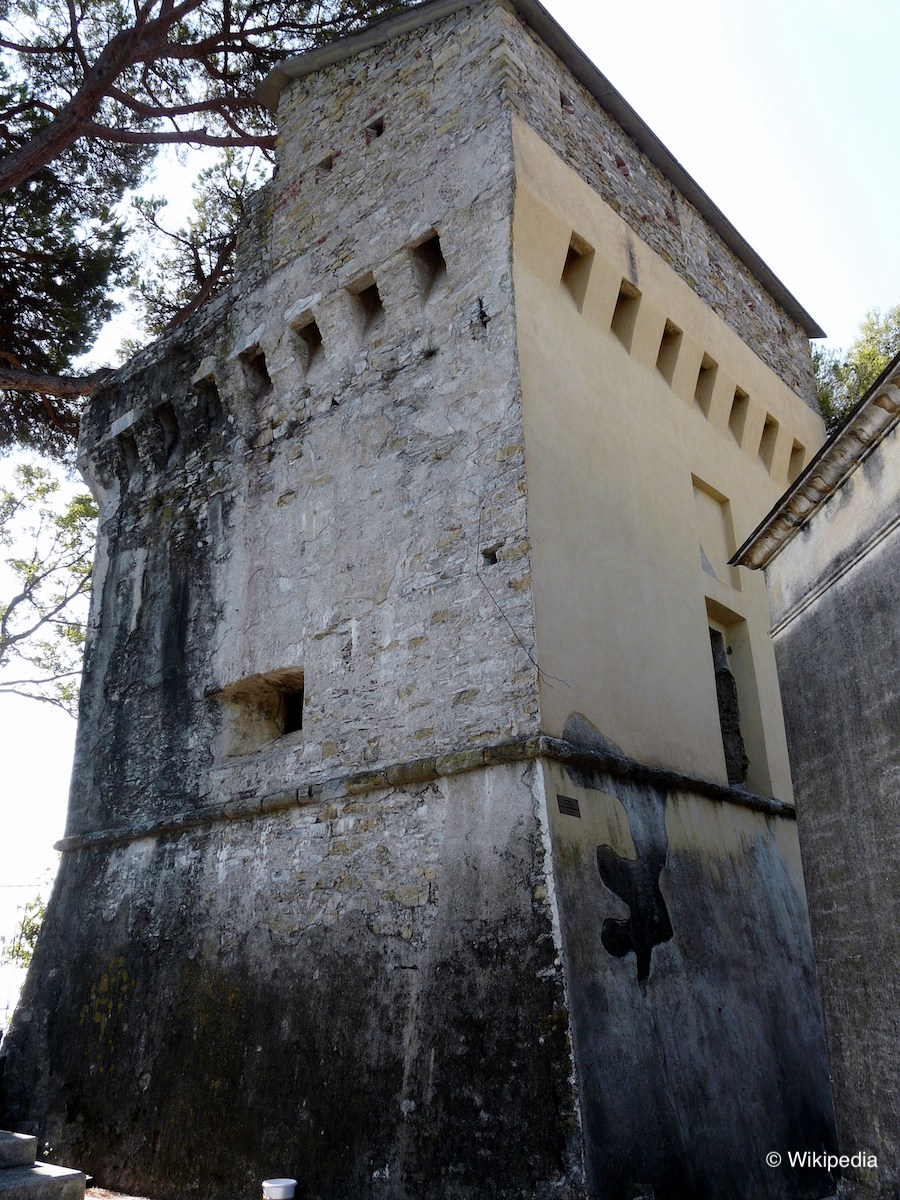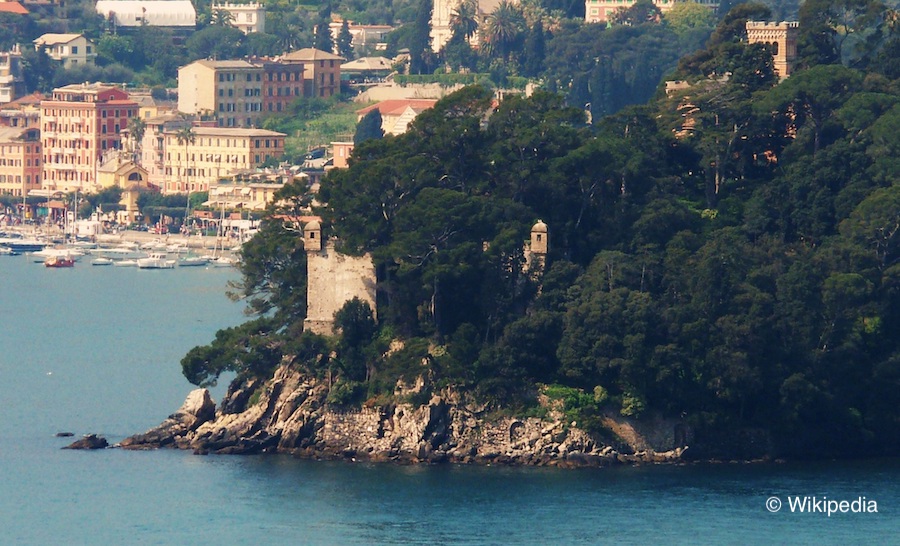Our journey continues to discover the Defensive Complex of the Republic of Genoa in the Tigullio, and with this second part of the article, we will sail along the coast towards the Castle of Punta Pagana and the Pagana Tower.
The departure is, of course, from the convenient quay of Marina Porto Antico in Genoa, while the first stop of this second itinerary to discover the fortifications that made the Superba great over the centuries can only be the Castle of Punta Pagana. The fortification is easily visible from the sea as it is located at the tip of Punta Pagana within the private park of Villa Spinola.
The construction of the ancient Castle of Punta Pagana began in April 1625 to complete the complex of fortifications aimed at responding to the harsh sea attacks carried out by forces hostile to the Republic of Genoa. The construction was also contributed to by the captaincies of Rapallo, Recco, Chiavari, and
the podesteries of Moneglia and Sestri Levante. The work was completed in 1627 when the structure was equipped with an anti-invasion moat and drawbridge.
Despite being strategically positioned and well-armed, the fortification was never involved in actual warfare, so much so that, as early as 1644, the Genoese Senate ordered its demilitarization. The castle thus became the seat of the Health Commissariat of Rapallo. Over the centuries, the Castle of Punta Pagana was re-armed in 1684 after the naval bombardment of Genoa by the French fleet, only to be disarmed again in 1705 when it became a
Continuing our coastal sailing towards Rapallo, we reach the nearby Tower of Punta Pagana, a defensive building located in the district of San Michele di Pagana in Rapallo. The watchtower is a sixteenth-century building erected at the inlet between Trelo and Prelo, built to counter the continuous sea attacks by Barbary pirates who targeted the Tigullio area and the entire Republic of Genoa throughout the 16th century.

sea and retains its severe charm, testifying to the ancient power of the Republic of
Genoa.
Before casting off to sail towards the quay of Marina Porto Antico in Genoa, we recommend docking the boat in the Gulf of Rapallo to visit the fortifications from the inside and especially to enjoy a good dish of pansotti in walnut sauce, a dish that has become the gastronomic symbol
of Tigullio. Pansotti are a particular type of fresh pasta filled with prebugiun, a mix of wild herbs that grow spontaneously on the Ligurian mountains, while the walnut sauce, obtained by mixing together walnuts, pine nuts, garlic, extra virgin olive oil, and bread soaked in milk, represents a valid and tasty alternative to the more well-known Genoese pesto. Those with a sweet tooth can instead be tempted by cubeletti, tender shortcrust pastry sweets filled with jam that have become the culinary ambassadors of Rapallo since 2012 thanks to the municipal designation of origin. A dish of
pansotti in walnut sauce and two cubeletti will provide you with the energy needed to retrace the wonderful Ligurian Riviera with sails unfurled until the final docking at the quay of Marina Porto Antico and return under the shadow of the Lantern of Genoa.


